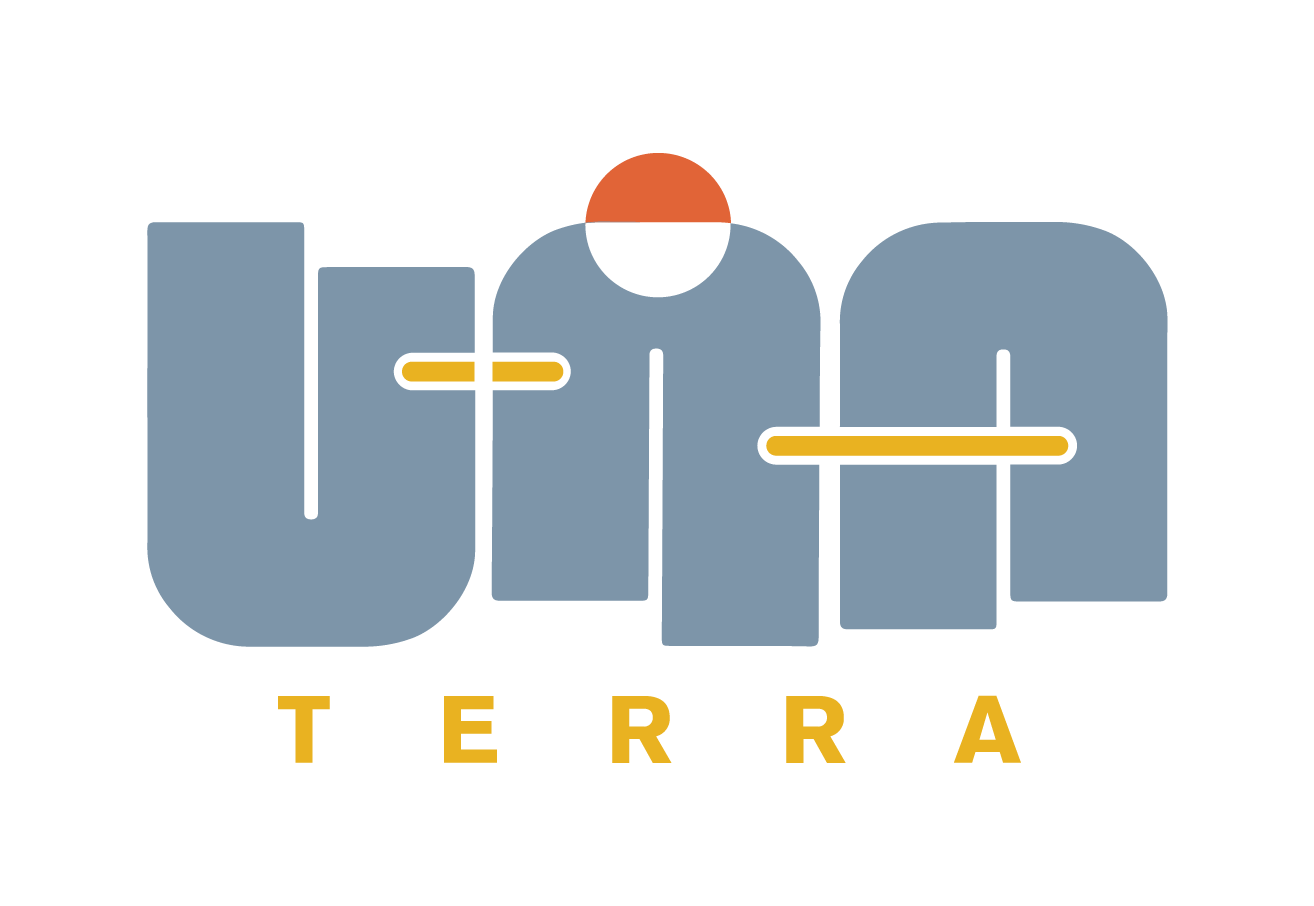6 Unique Ways You Can Reduce Water Use by 50% #HalveCanadasImpact
March 22, 2021The average water footprint for a Canadian is 6,392 litres a day — that’s the total volume of freshwater used to produce the goods and services we consume.
By Marina de Pina-Jenkins
What’s the problem? NOT ALL WHO LIVE IN CANADA HAVE ACCESS TO SAFE & CLEAN DRINKING WATER. So how can you get your water footprint 50% lower? This article outlines 3 practical tips & 3 unique tips you might have not considered to reduce your water use by halve.
88% of Canada’s water use comes from lakes & rivers. Highest use category in Canada is residential ( more than 50% of total water use). Of that 65% is used in our bathrooms!
Basic terminology: Water consumption refers to water withdrawn but not returned to its original source.
Individual impact tips:
- Collect grey water from handwashing or showers to use to flush your toilet. Updating your plumbing with low flush options is the most recommended way to decrease your consumption, but reusing your grey water at home is a no cost version that works well too. Grey water is the relatively clean waste water from baths, sinks, washing machines, and other kitchen appliances.
TIP: if it’s yellow let it mellow
2. Plug your drain when washing hands or in the shower. Mark the spot of “low water use” to aim for and compete to never let the water go above the marker.
3. For those with houseplants or a garden, collect the water after boiling your kettle for tea or coffee, or when your making pasta or rinsing your rice and use this to hydrate your soil.
4. Clothing: Buying secondhand or low water use fabrics (like hemp or linen). Wool is another great option that needs washing far less often.
5. Food: Choosing plants over animals is best when considering water use (seriously look up the statistics!). Local when possible.
6. Expanding mindset: Our impact goes far beyond our daily habits. Thinking broadly to consider everything from heating your house to oil for your car to plastic packaging – all are water heavy processes.
Further look into Canada’s high water use industries (beyond individual water consumption):
In producing food for Canadians, the agriculture sector in British Columbia, Alberta and Saskatchewan consume the most water overall. In the British Columbia interior and the Prairies, irrigation systems are widely used to improve crop yields because the amount of water in this region is naturally low. Very little of the water used for irrigation is returned directly to its source. The oil and gas sector is also a large consumer of water. Approximately 95% of the water withdrawn is consumed; however, water is recycled and reused wherever possible, avoiding additional withdrawals from surface water and groundwater sources.
WATER RIGHTS PROBLEM
- 58 active “boil water” advisories remaining in 38 communities across Canada (~75% from Ontario).
- Disproportionately affecting Indigenous communities & everyone deserves this basic human right.
- Additionally, pipeline construction is still expanding on Indigenous land, jeopardizing water habitats.
- If you are a Canadians who does have access, please honour the resources you consume & try to extend that privilege to others.
SOLUTIONS
Take action now & JOIN THE PINKY PROMISE CHALLENGE to reduce your water footprint by 50%.
By Marina de Pina-Jenkins (she/her)
Bicultural Canadian Settler
Instagram: @Blackberrytrees
Resources for further reading: StatsCan, Petition

0 Comments